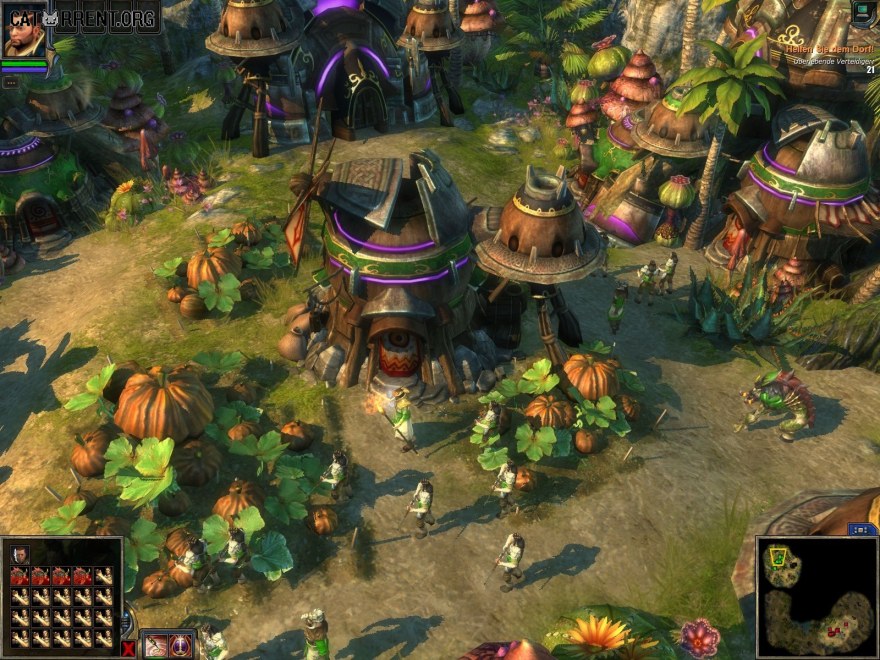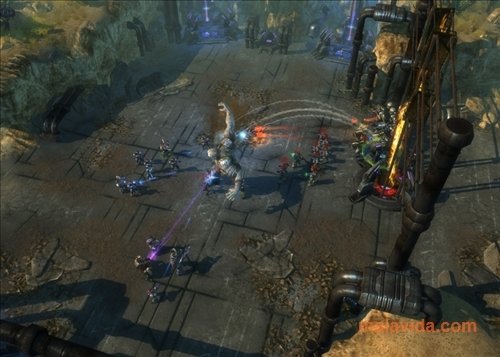
A combination of Zerg, Borg, and the Burning Legion, this group of aliens is here to put an end to all life in order to attain its goals. Then, to make things just a bit more interesting, an alien race known as the Cult shows up. There is not much cooperation, and even less peace, between these two groups. There are also tribes living in the jungle realms that have sprung up, mutations capable of communing with nature. Well, the humans that you and I would recognize as human, anyway.

Cue fast forward a few hundred years, and the surviving humans have collated into a handful of mega-cities. Then a giant meteor, here called Shard Zero, crashed into Earth and devastated most of the habitable land. In the future, humanity had reached kind of paradise through technology. Is it time to take command? Let’s find out.įirst, let us get the background out of the way. To that end, we now present Worldshift, from Crytek Black Sea Studios. Now, RTS games have almost as much in common with role-playing games. Some games ignored the gathering of resources altogether, except for land, such as Z. Then, with the genre firmly entrenched, new twists started to show up, such as naval and aerial units, tunneling units, large-party multiplayer, hero units, and multiple resources and tech trees. Dune II and Total Annihilation were the “far-future” games. Warcraft was the “medieval fantasy” game.

Take the early days: Command and Conquer was the “near-present” military game. This cycle is probably true for just about any genre, but it seems more obvious to me in the RTS field. After that, it resets to the beginning, with the setting taking precedent but including all of the prior enhancements. Games who focused more on setting than features would rise first, then be supplanted by games that focus more on features than setting, then both would be eclipsed by games that automate things like resource management and focus more on action. If you were to plot the timeline of the RTS genre, an interesting trend would occur.


 0 kommentar(er)
0 kommentar(er)
